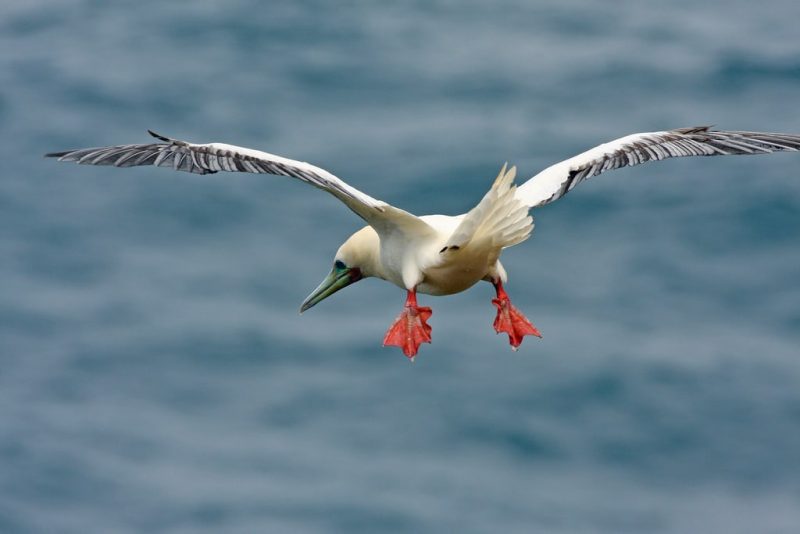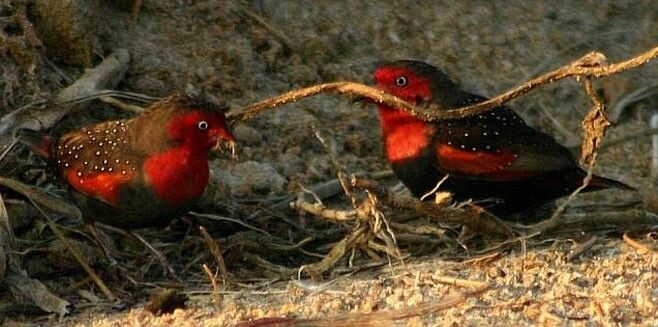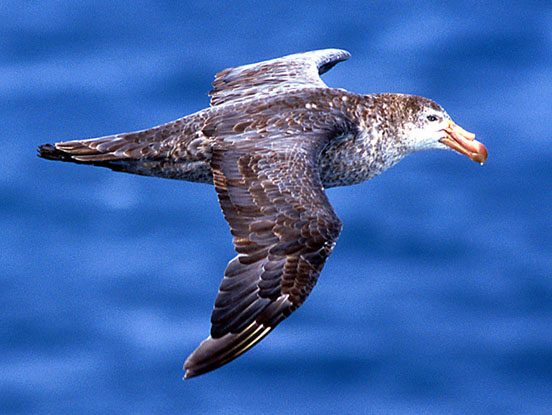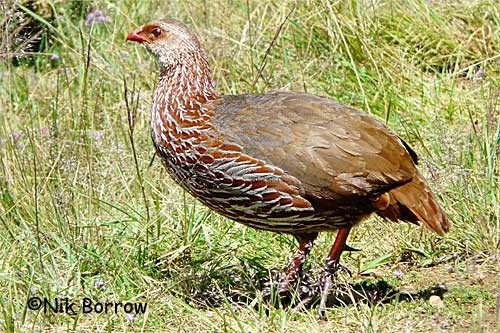Vagrant And Rare Birds Of Kenya
Nature plays a prominent role in locating and relocating the birds in the world. Many such birds have wandered into the territories of Kenya. Ornithologists and bird lovers accidentally stumble upon them and record their findings after careful research. They are the Red-footed booby, the Egyptian plover, the Northern lapwing, the Black-winged Pratincole, the European turtle-dove, the Short-eared owl, the Long-tailed Nightjar, the Blue-breasted Kingfisher, and the Lowland sooty boubou.
Red-Footed Booby
All Red-footed boobies have legs that are red which gives them its name. Red-footed boobies nest on land but feed at sea. The number one threat to red-footed boobies is coastal development and a fishing industry that makes their food source scarce. The shoreline shrubs and the trees these birds frequent are disappearing as people utilise more of the coastlines. These well-known seabirds are even familiar to boaters as they often readily follow marine craft, often perching on rigging. Boobies are high fliers and are nimble enough to trap flying fish from the air. They are also well adapted for diving underwater. These gregarious birds have long bills, closable nostrils as well as aerodynamic and lean bodies. They use their long wings to wrap around their bodies before diving. They use these attributes to capture fish that they spot with their sharp eyes. Squids are more visible at night because of their phosphorescence, and hence the birds hunt them at night.
Egyptian Plover
Exceptionally fearless and one of the tamest of birds, Egyptian plover lays its eggs on an exposed patch of the riverbed and uses sand to incubate them. A newborn chick takes its first drink from the wet feathers of its parents. This terrestrial bird is very bold in the presence of crocodiles. They reputedly run across their backs and pluck food from the open mouths of crocodiles. They live happily alongside villagers. This spirited bird resembles a wind-up toy with its quick-stepping gait as it races across the ground.
Northern lapwing
As mainly diurnal feeders, northern lapwings eat sugar beet stubbles, but invertebrates, worms, small fish, seeds and other plant material are also a part of their diet. These precocial shorebirds are dark with white below, green gloss above, and a long black crest. The dark marks on cheeks and around the eyes contrast with the otherwise buffy white face. Northern lapwings use song-flights to communicate. A song-flight is a music-sequence combined with a series of flight types. Due to competition for male care, females show three types of behavior towards female intruders. The first is a run towards the intruder with a retracted neck, an erect chest, and ruffled feathers. When face to face, there is a performance of displays and crouching. But the most common behavior is the second behavior which is a string of attacks including pecking, kicking, or hitting. The third is an aerial attack towards the intruder. Males tend not to exhibit these behaviors.
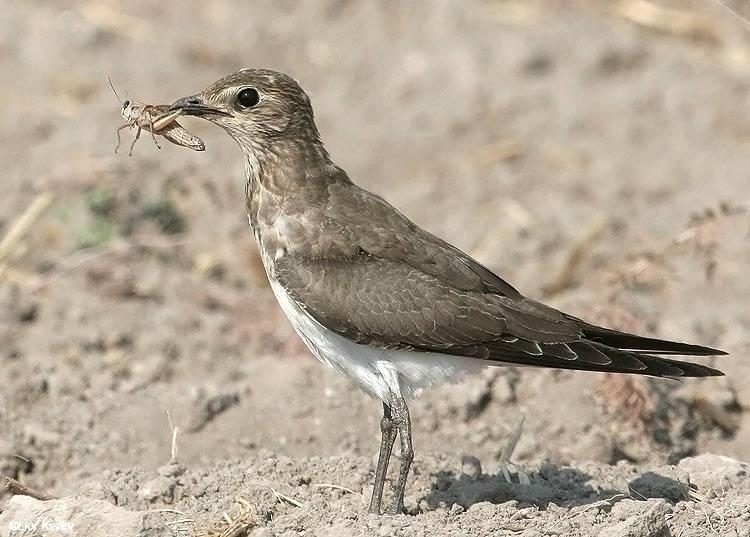
Black winged pratincole, Vagrant and rare birds of Kenya Source: HBW
Black-Winged Pratincole
The nests of Black-winged Pratincole are loose colonies or several hundreds of pairs on open ground. Sites may move annually, even when still suitable. Around 60% of clutches and chicks die every year because of trampling of nests by grazing cattle, increased predation, heavy rains, and severe droughts. The few Kenyan records are north of Marsabit as well as lakes Naivasha and Baringo.
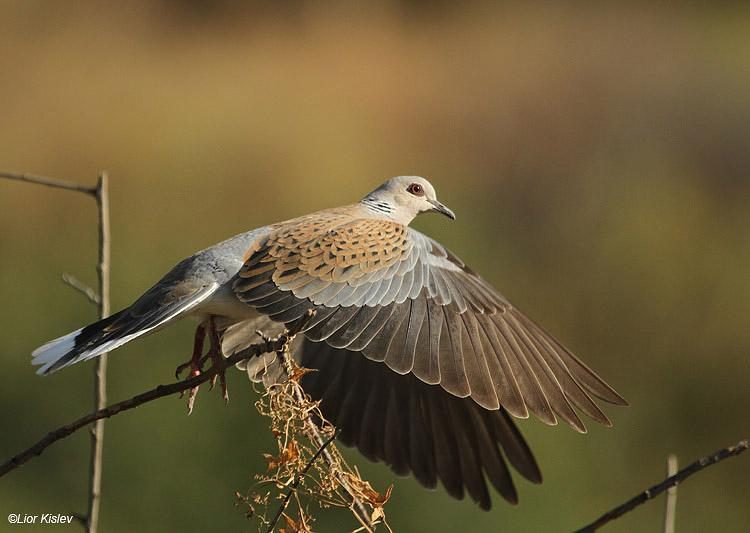
Turtle dove Source: HBW
European Turtle-dove
Ecologically unique, Turtle doves are the only long distance migratory doves. They are obligate granivores. Their diet consists exclusively of seeds. Turtledoves roost in Acacia thickets, sites that are safe from disturbance and predators. The lack of available weed seeds, as well as a switch to grains, is the direct cause of a reduction in their nesting attempts. Hunting may also represent a significant threat, with an increase in the number of European hunters visiting Kenya. Another emerging potential cause of its decline is the disease trichomoniasis. Knowledge about turtle doves beyond their breeding grounds is limited.
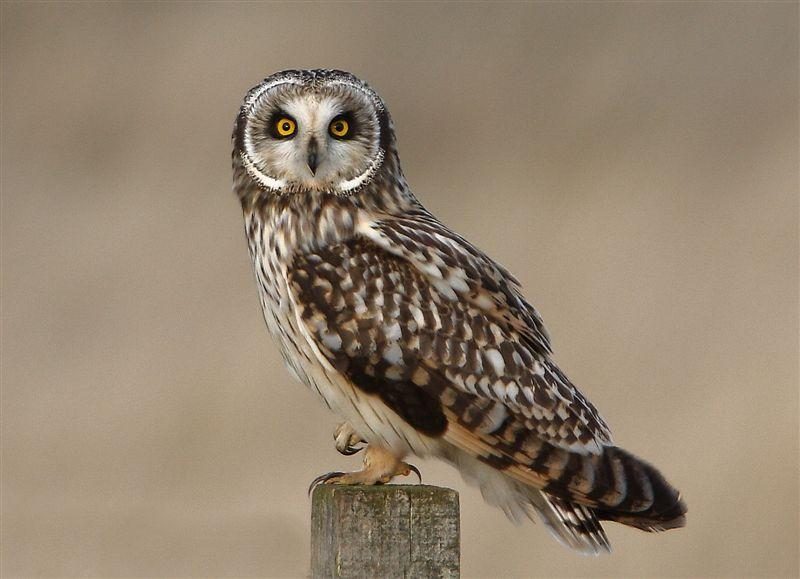
Short eared owl Source: HBW
Short-Eared Owl
The world’s most common owl is the Short-eared owl. It is also the most frequently seen owl in daylight. The ear tufts of short-eared owl are so short that they are often invisible. But the black-rimmed yellow eyes are its most conspicuous feature. At dawn and dusk, these birds course over grasslands, giving their flight a mothlike quality, by flapping stiffly with their rounded wings. They can travel long distances. Witnesses have reported seeing them descending on ships many miles from land. The females usually are reluctant to leave the nest. So, they often defecate on their eggs, causing a putrid smell that repels predators. Short-eared owls use acute hearing to prey on small mammals and birds. They decapitate small mammals and strip the wings of birds before swallowing them whole.
Long-tailed Nightjar
An unusual thing about Long-tailed nightjar is its serrated middle claw which it uses to preen the feathers. However, the function of these talons is uncertain and may have nothing to do with ectoparasite control as was earlier believed. It is not easy to see these nails when resting on a low perch or the ground. But these pectinate claws tend to stick out occasionally because they are longer than the others. Long-tailed nightjars are residents near Lokichogio.
Blue-Breasted Kingfisher
The adult Blue-breasted Kingfisher has a bright blue head, wing panel, back, breast band and tail. The hefty bill and legs are colored red. The plumage is turquoise-blue, and the abdomen and throat are white. The shoulders are black.
Lowland Sooty Boubou
The most conspicuous and distinguishing morphological feature of Lowland sooty boubou is the blue-gray iris. This forest bird is a vagrant in western Kenya. Its song is fluty whistle followed by the female’s grating sound.
Literature about the exotic and rare birds of Kenya is so scant that serious learners would have to visit a local library or the national museum in the country for more identification-related information. Perhaps some part of the safari itinerary can be dedicated to that. And there is room for more field studies in this area.
5 Frequently Asked Questions About The Vagrant Birds Of Kenya
To receive a colourful digibook about birds with videos, images and text, please fill out the following form or simply email us on safaris@safari-center.com

